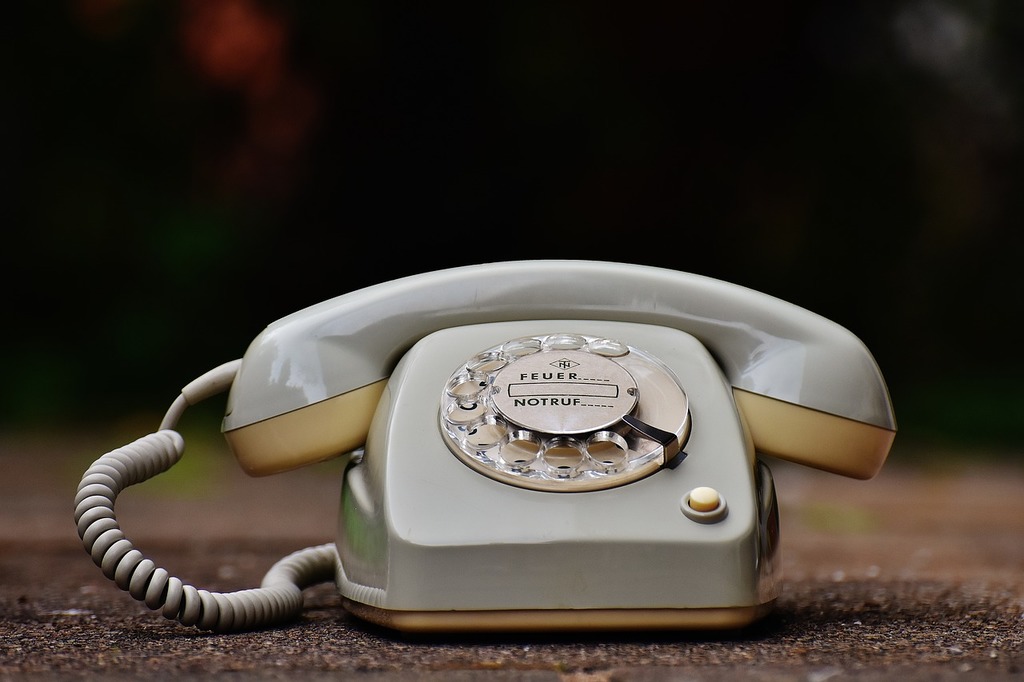The End of Landlines? [Hackaday]

Imagine if, somehow, telephones of all kinds had not been invented. Then, this morning, someone entered a big corporation board room and said, “We’d like to string copper wire to every home and business in the country. We’ll get easements and put the wires on poles mostly. But some of them will go underground where we will dig tunnels. Oh, and we will do it in other countries, too, and connect them with giant undersea cables!” We imagine that executive would be looking for a job by lunchtime. Yet, we built that exact system and with far less tech than we have today. But cell phones have replaced the need for copper wire to go everywhere, and now AT&T is petitioning California to let them off the hook — no pun intended — for servicing landlines.
The use of cell phones has dramatically decreased the demand for the POTS or plain old telephone service. Even if you have wired service now, it is more likely fiber optic or, at least, an IP-based network connection that can handle VOIP.
Who Cares?

You might wonder, who cares? Turns out about 25% of the United States still has a landline if you include business uses. If you look at adults, the numbers are far lower. How many only use landlines? Only 2%. Another 3% rely “mostly” on landlines. About 1% of American adults have no phone at all.
So, who’s in this 5% of landline users? First, some older folks do not have cell phones or cling to their landlines, but — as you might expect — that number decreases daily. There are a few other key users of classic phone service. For one thing, the phone system powers itself very reliably. That means if your power is out due to a hurricane, a rolling blackout, or other reasons, your ordinary phone probably works. That’s not true for your VOIP phone and the network modem unless you’ve hooked them up with a UPS.
Other users include people in underserved cell phone areas and, oddly enough, analog FAX machines, which — it’s true — are still important in some industries. While some VOIP services can handle FAX, most can’t.
The scale is also daunting. There are about 100 million landlines currently active in the US. That sounds like a lot, but in 1998, there were enough phones to account for every adult and child in the United States (nearly 300 million). If the phone companies earned an average of just $20 a year on a phone, that was a cool $6 billion (and that’s probably a low estimate). Now, it would be $2 billion, nothing to sneeze at, but still, it is a big drop. Adjust the $6 billion for inflation, and the gap widens.

The keeper of the phone data, by the way, turns out to be the National Health Interview Survey of the Centers for Disease Control (CDC). Apparently, the CDC depends on telephone surveys for their work, and they have been concerned for years about how many people have phones and of what sort.
While the data in the chart shows wireless-only, a quick subtraction will show you that landline-only (or no phone, but that’s a tiny number) is very small until you get to people over the age of 65.
Replacement
The plans to sunset POTS usually include provisions to provide ordinary phone jacks that interface to the VOIP system or the cell phone network. However, that won’t help your FAX machine or the power outage problems.
It makes us wonder, though. Maybe there’s a potential market here, at least for a little while. Imagine a phone that connects to the network when available. It has its own UPS for power outages. If the network is down, it can use either the cell or satellite networks. An optional jack for a FAX machine would fake out your device and send the actual image via the network for eventual delivery to a regular FAX. Another path would receive a FAX remotely and send it to your device over the network where you could route it to the connected machine.
Sure, it is a niche product, and that niche is shrinking. But you could probably turn a few bucks on it while it lasts.
The POTS system is probably one of the technical wonders of the world, especially the undersea cables. It might not be long before the only POTS system you see is one you make for yourself.
Featured image: “Antique Phone” by Vincent Diamante

![the-end-of-landlines?-[hackaday]](https://i0.wp.com/upmytech.com/wp-content/uploads/2024/02/167196-the-end-of-landlines-hackaday.jpg?resize=800%2C445&ssl=1)